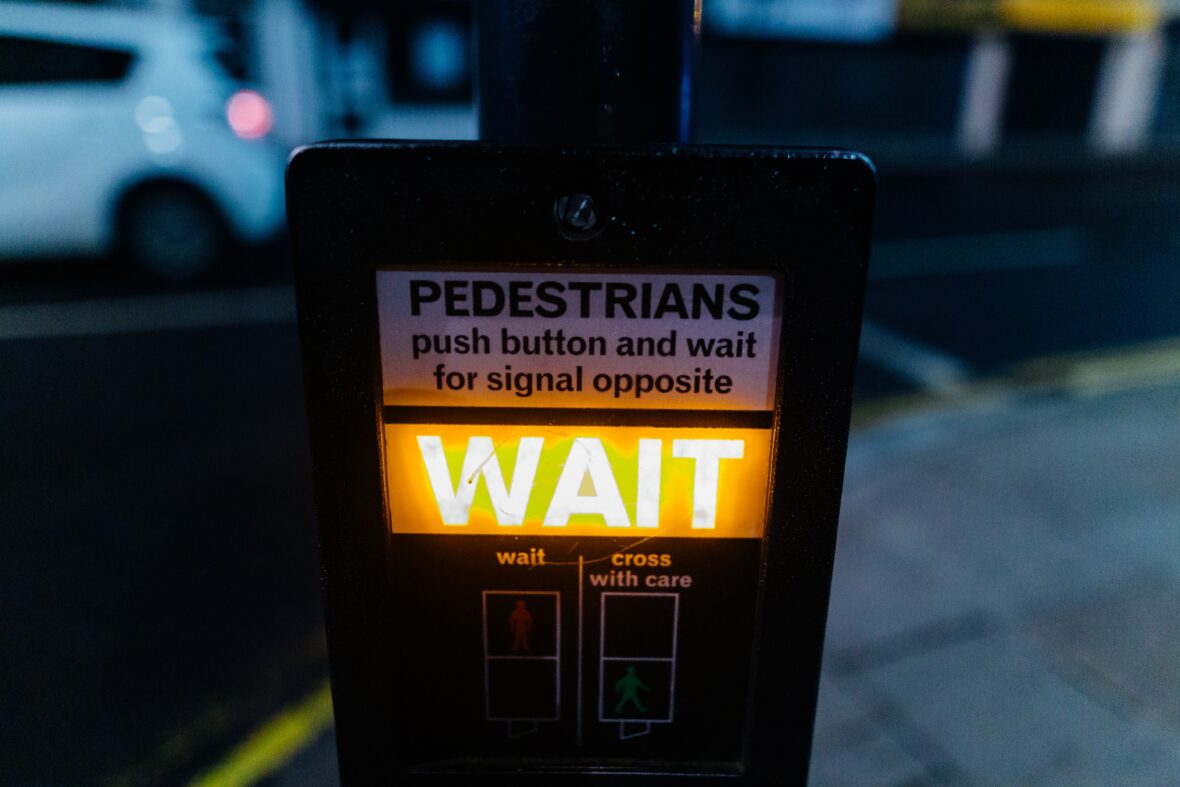Richard McElhaney and Cameron Boots discuss the challenges of crossing the technology bridge when it comes to safety
As a construction industry safety professional, you have probably begun to notice the proverbial “changing of the guard.” The folks that started their safety careers in the 1970s and early 1980s are getting ready to retire, and a new generation of safety professionals is moving into leadership roles.
As happens with most changes, collisions between old ideologies and new ones are constant, and people on both sides of the generation lines are digging their heels in and proclaiming that their way is the right way. But it’s not about which way is right and which way is wrong – it’s about finding paths to bridge the space between the two schools of thought.
The old approach to safety focused primarily on lagging indicators – all the lessons we learn after an incident. The new approach focuses on leading indicators, primarily in the area of risk management. The old approach is more hands-on, more kinesthetic if you will, whereas the new approach tends to veer towards the use of audio and video technology.
Which brings us to the topic of technology. We’ve seen technology become a wedge that widens the gap between the old school and the new. But it doesn’t have to be that way. Because technology – regardless of whether you mean accessing OSHA 300 logs via your mobile phone or inputting your job safety analysis worksheets into a website – is merely meant to assist to you. (As opposed to replace you.) Technology is an ever-evolving tool, and when it’s used in conjunction with all the knowledge that’s been gleaned from that first generation of safety professionals, it can be a game changer. The reality of today’s safety climate is that both the old and new approaches are valuable.
Leading approaches help prevent incidents while lagging approaches allow us to learn from our mistakes. A holistic approach that uses kinesthetic, audio and video allows us to engage in better communication, planning and training, while also being more productive. The idea is to use everything we’ve learned so far, every weapon in our arsenal, to continue our quest to eradicate safety issues as quickly and efficiently as we can.
So how do we bridge the generational gap? How do we blend these two schools of thought? Here are five actions you can take today to get started.
1. Demonstrate technology options upfront and allow your team to decide which technology fits your group.
People are much more likely to embrace technology if they are involved in the decision-making process. Show your team three to five different technologies and get their input on each of them. Be sure to show and explain how the new technology will apply to them, and why it’s a good idea. Make the case for your team. Don’t leave it up to them to make their own interpretation. Also make sure you only show your team company-approved technology. The last thing you want to do is to show them technology you won’t be able to use.
2.Customize your training.
We’ve found that blending online training systems with a “hands-on” approach helps bring old and new employees together. Consider this: In our organization, we used to only offer our fire extinguisher training online. Millennials loved how quick and easy it was, but many of the older employees found it hard to stay engaged. They would say things like, “Back in my day, we used to have to put real fires out ourselves.” Well, that got us thinking. We ended up blending our online training with real-world scenarios where trainees had to react to a fire – without knowing what type of fire it would be or where it would be located. It was a big hit for the whole team, the older folks and the newer ones. Remember that the older employees have a great deal of experience, and your job is to unlock it for your younger team members to access.
If you don’t figure out your obstacles in short order, your efforts at implementing technology and bringing everyone together might be doomed from the start. A few upset employees acting negatively can bring down the morale of the entire group, so you’ll need to be ready with positive reinforcement. Frame the purchasing of new technology as an investment in your team’s success. Above all, be patient, persistent and positive.3. Quickly identify obstacles that come with technology.
4. Provide your team with a real person to go to with questions.
Designate someone as the technology champion, and let your group know how to contact that person when questions and problems arise. If the technology warrants it, think about setting up a 24-hour hotline.
5. Once the onboarding process is complete, take away the option to do it the old way.
This is a big one, and the old saying applies: “Out with the old. In with the new.” Make sure you set an end date to the way things used to be done. If it’s old technology, get rid of it. Uninstall it. Put it in a box. You’ll sometimes need to push your team to adapt and ask questions. Grace periods aren’t meant to last forever. Be sure to offer additional training if someone needs it.
At the end of the day, bridging the generational gap is possible, but like everything else in the safety field, it takes a plan. Don’t leave your folks to fend for themselves and fight it out. Show them how the world can be a much safer place when everyone works together.
Sursa: americancranesandtransport.com

